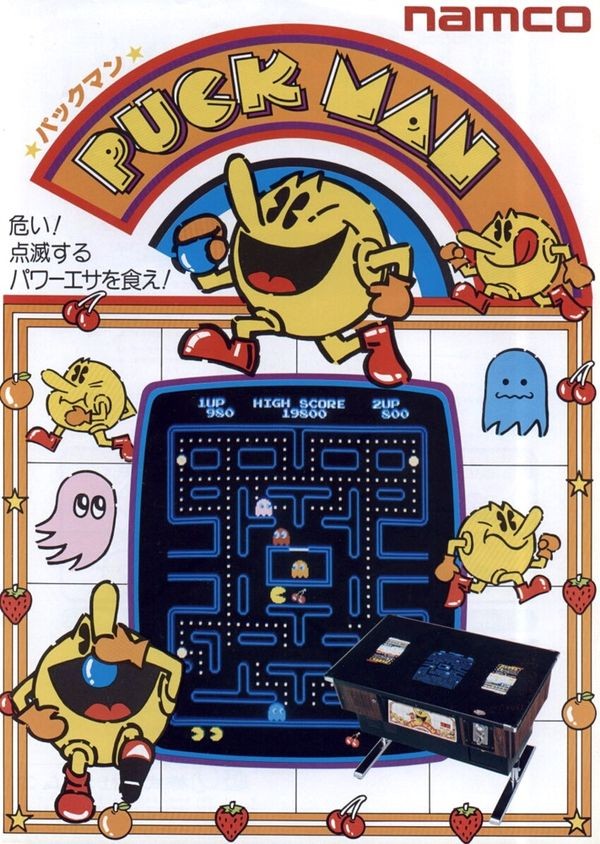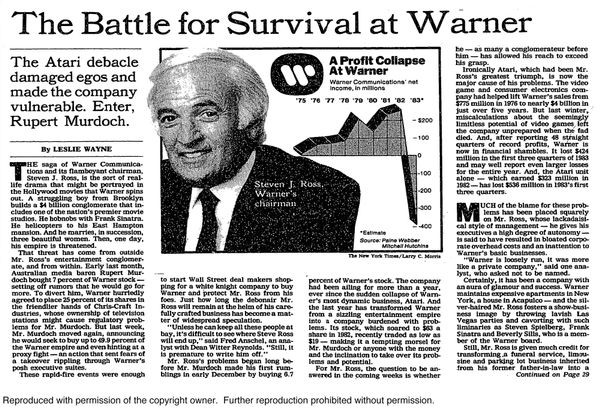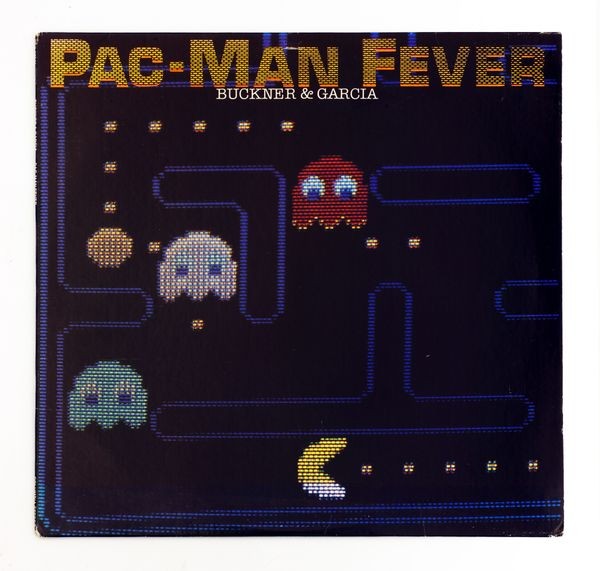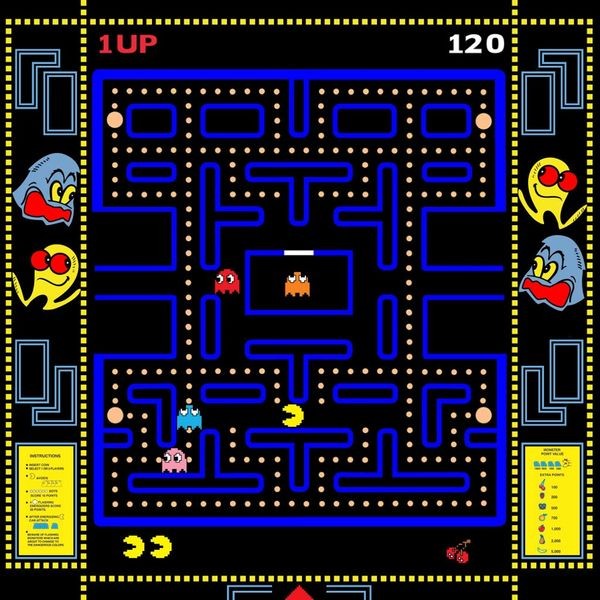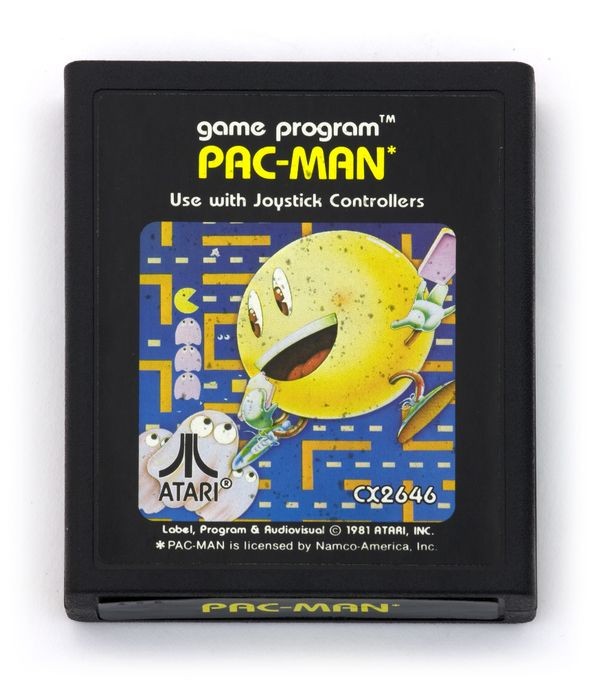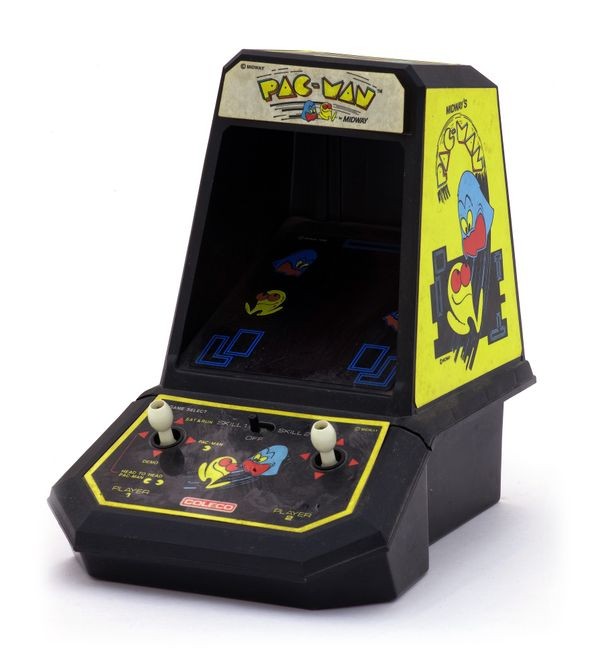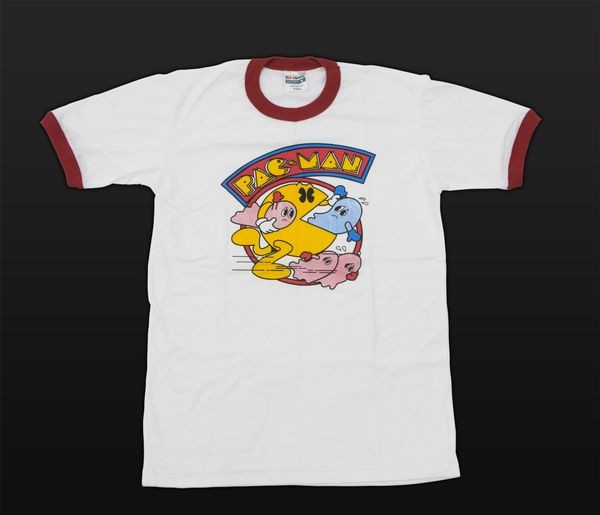Play Becomes Profitable
Japanese flyer for Namco's Pac-Man with original name: Puckman
The game’s name was changed for the English-speaking world to prevent vandals from turning “PUCK” into an expletive.
Play Becomes Profitable
What began as a hobby among savvy computer users had become big business by the late 1970s.
Game arcades, home consoles, handhelds, and commercially produced computer programs proliferated. Scores of competitors sold video adventures, educational games, board games, and simulations.
The market for games exploded…then imploded. Flooded with too many products—many of poor quality—game sales collapsed in 1983, toppling many producers.
January 8th, 1984 New York Times article on Video Game Crash
The Video Game Crash of 1983 had a major impact on Warner Communications, which in 1976 had bought Atari from Nolan Bushnell for an estimated $28-32 million. At its peak, Atari accounted for a third of Warner’s income.
View Artifact DetailPopular Pac-Man
A hit song. A TV series. Consoles in arcades and bars everywhere. Pac-Man was among the first games to break into popular culture.
Created by Toru Iwatani in 1980 as Puck Man, the game wasn’t a hit in its native Japan. But in 1981, Bally bought the U.S. rights, changed “Puck” (too easily altered to an expletive) to “Pac,” and released it in America. Pac-Man fever flared, although the cognoscenti generally found “Ms. Pac-Man,” (originally an unauthorized copy called “Crazy Otto”) which featured more mazes, superior.
Adapted for the Atari 2600 in 1983, Pac-Man, sold millions—contributing to the unsustainable glut of games.
Pac-Man Fever Album
Pac-Man fever reached a peak in 1982 when Buckner & Garcia released an album featuring several songs based on popular video games. The single “Pac-Man Fever” went gold, reaching number nine on the Billboard Hot 100.
View Artifact DetailThe playing field for Namco's Pac-Man
Pac-Man has been one of the most popular arcade games since its introduction in 1980. Ghosts chase Pac-Man through a maze, until Pac-Man eats a power pellet that allows him to start eating the ghosts.
View Artifact DetailPac-Man game cartridge
Atari’s version of Namco’s Pac-Man might be one of the most widely distributed failed games. Atari produced 12 million cartridges, hoping that the game’s popularity would drive up console sales. But the flickering graphics and weak gameplay discouraged buyers. Some people point to the flood of Atari's Pac-Man as a cause of the 1983 video game crash.
View Artifact DetailPac-Man tabletop game
Coleco made many single-game devices, including tabletop versions of games such as Pac-Man, Donkey Kong, Defender, and Centipede. Although simpler than the originals, they were much cheaper and sold well.
View Artifact DetailPac-Man T-shirt
Pac-Man penetrated popular culture in the 1980s, becoming a popular sight on T-shirts and in TV commercials. It spawned a breakfast cereal, two TV programs, board games, and more.
View Artifact Detail